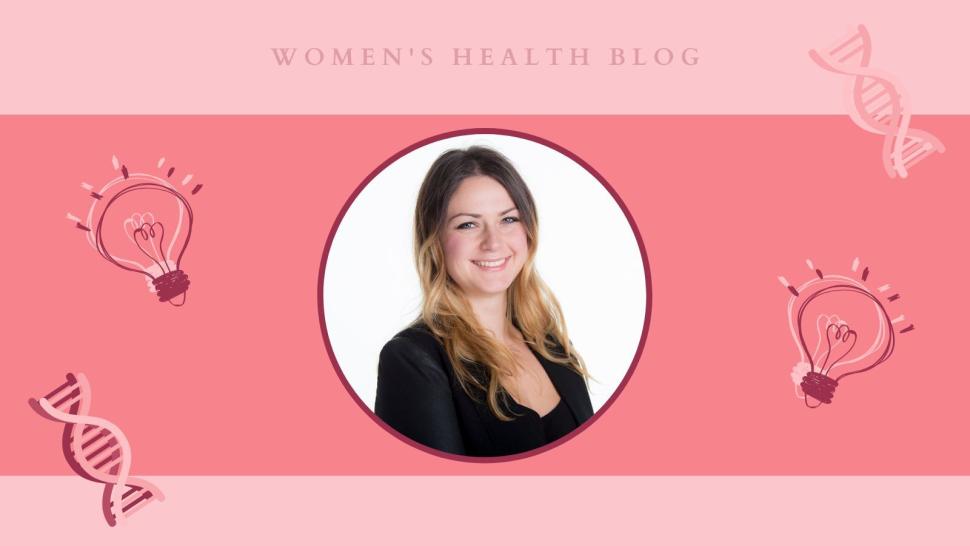Interviewee: Tatiana Pakhomova, B.A., M.P.H., Ph.D. student, Simon Fraser University. Authors/Editors: Romina Garcia de leon, Shayda Swann (Blog Co-coordinator).
Published: January 13th, 2023
Could you please briefly explain what your research is about?
My Ph.D. research aims to examine the socio-structural pathways between inflammation and depression. I’m particularly interested in the relationship between depression and chronic inflammation, which refers to persistent immune activation in response to various stressors. We’re interested in looking at socio-structural, biological, and behavioural factors which impact the pathways between chronic inflammation and depression, and their downstream effects. People with chronic inflammation have higher numbers of specific inflammatory markers in their blood associated with increased risk of communicable and non-communicable diseases, like HIV and cardiovascular disease. For my Ph.D. work, I’m interested in how chronic inflammation is associated with an increased risk of poor mental health outcomes. Research shows that people with depression have increased inflammation. However, many pathways are bi-directional, with complex relationships involving hormonal pathways, neurotransmitters, and socio-structural factors. Very little research looks at these relationships in young people or longitudinally. For this reason, we want to look at these long-term trends to better understand this relationship. The study I’m working on is AYAZAZI, a longitudinal cohort across two study sites in Durban and Soweto (South Africa) that was launched in 2014 and investigated intersectional, behavioural, biological, and socio-structural factors that might influence HIV risk among young people aged 16-24.
What interested you in studying how mental health affects a biological outcome like inflammation?
Part of it is personal. I've had episodic depression since my teenage years, but I didn't seek help or get diagnosed until I was older. Given the barriers to accessing mental health support, my depression was left untreated for a long time. Secondly, from my academic background, my Bachelor’s was in political science and gender studies, and I have always been interested in the political aspect of health. After finishing my B.A., I worked in HIV social services with a regional staff team in Fraser Health for a few years, which led me to do my M.P.H. at Simon Fraser University, where I met Dr. Angela Kaida. I fell in love with the research process and have been fortunate to have worked in research since 2018. I also have a part-time position at the BC Centre for Excellence in HIV, looking at barriers as well as facilitators of healthcare engagement. Given this background, I was very interested in studying mental health from a holistic perspective, considering both the socio-structural and biological factors that interact to influence our health. That's the great thing about social epidemiology - you get to bring in all of these intersecting concepts, and it's a much more holistic way to look at health.
Why do you think it's important to study women's health from the social determinants of health lens?
Structural determinants of health are a huge part of my work. Many of the gaps in the literature are centred around factors in the social environment that influence biological relationships. There is evidence out there that indicates that there are both sex and gender differences in inflammation markers among youth and adults, as well as in depression or other mental health outcomes. Gender inequity significantly impacts how people experience life stressors and may influence their health at the biological level, and I am interested in how gender plays a role for both young women as well as young men. As our study participants are aged 16 to 24, we do our work with an understanding that there are numerous fluctuating biological changes in youth and young adulthood that may affect the relationship between inflammation and mental health.
Could you tell us more about the research projects you’ve worked on before, both in Canada and abroad?
Working with Peer Researchers to co-create knowledge has been a huge highlight of my career. I've also been fortunate enough to have a couple of research trips to South Africa. I did my M.P.H. with the AYAZAZI study, which feels like coming back in a circle to finish what I started. My Master's work was also mental health-focused but focused on factors that are associated with perceived stress. Now, I get to look at mental health outcomes longitudinally. It's been wonderful to build relationships with researchers in South Africa. I've spent a couple of summers at the Perinatal HIV Research Unit in Soweto, which has been an incredibly wonderful experience.
What impact do you hope to see with your work years from now?
Working from the social determinants of health lens means that a lot of social and structural factors are potentially modifiable. When we're looking at something like mental health, prevention is key because treatment options are not always accessible for some people. The purpose of this work is to give other researchers, community members, and stakeholders tangible evidence so that they can do something with it. It would be great to see some of this work be applied to policy that is youth-driven and youth-focused, that has real-world impacts, and adds something valuable to the body of research to better understand this important issue.
